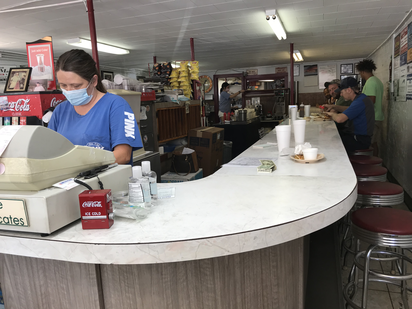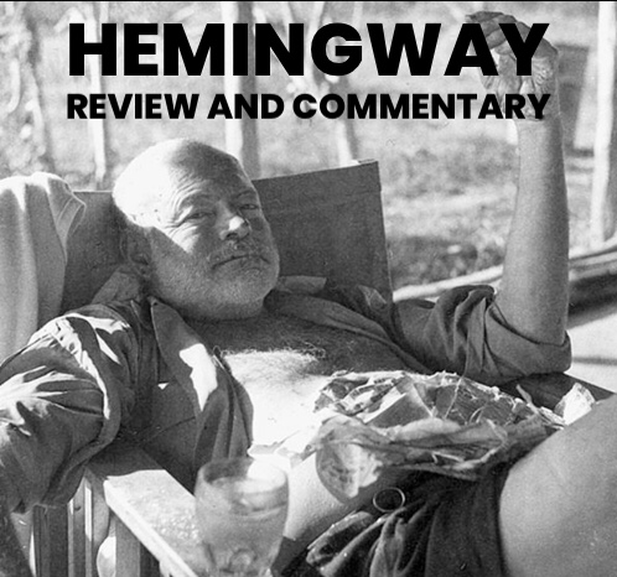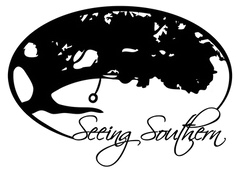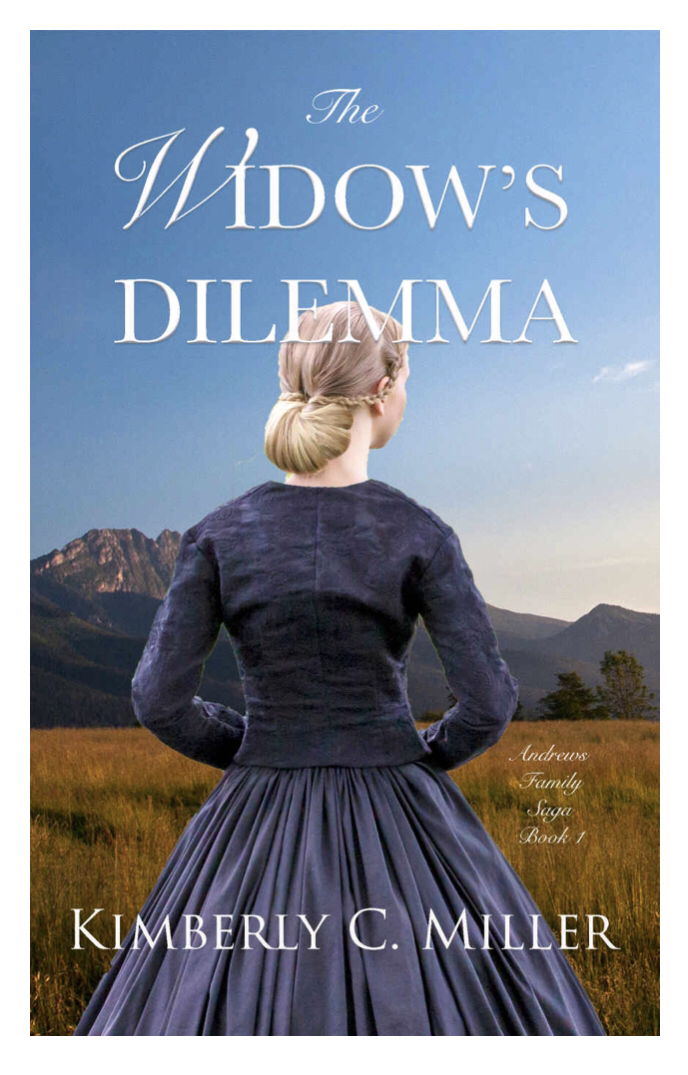|
Sam Burnham, Curator I’ve heard a lot of buzz over the last few months about the new movie Cocaine Bear. The true events that inspired the film are a bit of a curiosity. The story takes place almost entirely in Georgia, in the film, specifically Blood Mountain. I had to know. The opening sequence sets a fantastic mood. As the production logos begin to appear you hear those familiar opening notes and then the drums, piano, and guitar hit you with the full force of Jefferson Starship’s Jane. As the music plays on, Andrew C. Thornton II (Matthew Rhys) slams open the side door of a moving airplane and it’s obvious he has been sampling the cargo. He’s whooping and hollering as he jettisons red duffel bags of cocaine and dances to the music. And then, with all the bags falling to the woods of Blood Mountain, Georgia, he steps into the doorway with 70 pounds of product strapped to himself and prepares for a dramatic exit. But then as he goes to take the plunge, he hits his head on the doorframe and falls out of the plane, parachute still neatly folded in its pack. Bye, Andrew. It is an excellent opening for a film. Now, a completely honest review would tell you that the best thing you can do at this point in the movie is to grab the remote and vigorously mash the home button. It’s a fantastic scene. It lasts one minute and 47 seconds. Nothing in the remaining 93 minutes and 13 seconds can compare to it. Just stop while you’re ahead. I watched this movie for you, so you won’t have to. You’re welcome. But since I watched it all, I’ll mention the rest. Let me say that I’m a little disappointed that this is Ray Liotta’s final completed film role before his death in 2022. He had an amazing career, and this isn’t how it should have ended. That being said, he bought into this film. He went full cheese. The content wasn’t good, but Ray was still Ray. There’s some decent 80s nostalgia sprinkled here and there. Some recognizable music, a few snippets of Tom Brokaw reporting on the actual story that inspired the movie, and a couple of the bizarre anti-drug campaign PSAs, including the legendary Pee-Wee Herman one. I do have to say Isiah Whitlock Jr. portrayed Detective Bob Springs well. His part in the film was a high point. If only he had had better material to work with. For the most part, this movie is a silly and ridiculous farce. If you’re into comical gore and horror, this might be up your alley. But if not, give it a pass. If you watch, don’t expect a lot of character development or overarching themes. This movie is about a north Georgia black bear hopped up on cocaine and on a rampage. Every time you think the bear has recovered and returned to normal or finally overdosed and died, she finds another parcel and it’s go time once again. So basically it’s a game of ursine Pac-Man. The creature eats a power pellet and then it can eat some people. When the pellet wears off, the people have the upper hand again until the bear finds another one. Basically, the only character developments are either death or enhanced fear of bears on cocaine. And the only overarching theme is that old Rick James adage, “Cocaine is a hell of a drug.” The worst part? Georgia is a destination for filmmakers. There are tax breaks and substantial infrastructure for making movies. And here is a movie set almost entirely in Georgia and filmed entirely in... *checks notes* ummm…Ireland. Really, y’all?
0 Comments
Sam Burnham, Curator Ken Burns has become a mainstay in our modern society. His documentaries have covered a vast swath of our history, our culture. The Civil War. Baseball. Jazz. If his only contribution to this society was shining a light on the genius who was Shelby Foote, he would deserve the thanks and admiration of the whole world. But The Civil War was deeper than just Shelby Foote. And Baseball was a masterpiece. So when I heard he was going to take on Ernest Hemingway I knew I had to watch. And I did. And I have since. And I took in the specials, virtual breakouts where panelists offered commentary on different topics from the documentary. I want to share my ideas on this documentary and the specials because I think that through this production we can see the current trend in cultural commentary in microcosm. In the main film Ken Burns and Lynn Novick present a fairly comprehensive biography of one of America’s most storied writers. In his childhood we see the events that laid the foundation in his mind to create the stories that would change the direction of American literature. Hemingway’s experiences with wars, marriages, immersion in foreign cultures, and numerous head injuries built on that original foundation to draw the arc of Hemingway’s life story. I want to start with some of my positive takeaways. The music was splendid. I loved the way the Spanish bullfighting was woven into the story. It was important to Hemingway and the explanation that it’s not a traditional Western sport. It’s more like theatre, specifically a tragedy. The Spanish guitar peppered throughout the film kept that tragedy constantly in a back corner of the mind. Like the bullfight, the viewer knows how this story ends. It’s an implied metaphor - a life and a bullfight, one in the same. It’s brilliant. Narrator Peter Coyote guides us through this tragedy and Jeff Daniels brings the subject’s own words to life. Both men stir the imagination and engage viewers without becoming the focus. The narration never overpowers the story. One commentator in particular, Irish writer Edna O’Brien, grew on me. There are moments I find her harsh rather than honest. However, the more I’ve listened, the more I find her criticism to be the most substantive of any of the participants. I love the way she related passages by grasping a book and reading the words for the audience. Her most stirring contribution involved Hemingway’s controversial short story Up in Michigan. She used the text to demonstrate that Hemingway didn’t hate or disrespect women. Her assertion is that he understood the feminine mind quite well and related a woman’s thoughts and actions accurately for the circumstances he was describing. Peruvian writer Mario Vargas Llosa was brought on to share some perspective on Hemingway’s experiences in Spain and Cuba. His insights were mostly constructive but he also called Hemingway out a few times. His contribution added some depth to the documentary. But there are serious flaws in the production as well. While the cast of commentators appears diverse on the outside, if you were watching with your eyes closed, you would notice very little diversity. The ideas shared are fairly homogeneous throughout. If you looked at the voting preferences of the panelists, you would likely notice very little variety. And this isn’t just a problem of politics. The most conservative person in any sense of the word that you find in this production is the late Arizona senator John McCain, who has a few comments about specifics point in Hemingway’s writing peppered in. Author Tobias Wolff has a much heavier influence on the presentation. In a segment dealing with Hemingway’s love of hunting and fishing he comments that it “puzzles me a bit that having seen so much violence, so much killing, not just death but killing, the pleasure in killing is a mystery to me. I don’t understand it.” That’s what he said but what I heard was “I don’t understand hunting or fishing. I don’t understand Ernest Hemingway.” Why is there no opinion offered to show the other side of this issue? Conspicuously absent is anyone who seems able to put any sort of context on hunting, a major influence on his life. There is no attempt to connect the “violence” of activities like hunting and fishing to Hemingway’s experiences in war and the PTSD that plagued him.. There are numerous veterans groups that could have explained this connection quite well. The concept is key to the work being done by Comfort Farms/Stag Vets and other similar groups. But rather than looking for this angle, we just get lots of hand wringing by city people. The most egregious offender of the entire presentation was one of the special events that is available for streaming via the PBS app. It’s one of the breakout session-type productions that accompanies the main film. Here we have a band of suburban soccer moms who all voted for the exact same people gathered together to discuss “Hemingway and the Natural World. There is not one hunter. There is not one advocate of Hemingway’s view of the outdoors. There is absolutely no diversity of thought. There is a lot of discussion of “toxic masculinity” (without contrasting it against healthy masculinity) and a lot of insinuation that Hemingway was compensating for some inadequacy but no real evidence of either claim and certainly no counterpoint. It’s a feminist iteration of Spanky’s “He-Man Woman-Haters Club.” It is miserable to watch. While the artistic presentation was beautiful and there are highlights of greatness throughout the film, the lack of diversity of thought kept the documentary from being truly great. They open the film with Hemingway’s quote about his goal in telling a story; “If it is all beautiful, you can’t believe in it. Things aren’t that way.” There was a lot of hand wringing about his use of racial slurs and bigotry in his stories. There was no discussion of how we as readers should react to the characters he created. There was no discussion of how reading these stories impacts how we see the world or how we present ourselves to it. As flawed characters develop in a story, the shock of their unacceptable behaviors impacts us. We have to deal with that. It isn't a celebration of hate, it is an acknowledgement of reality. When Hemingway himself engaged in such bad behavior regarding his previewing of From Here to Eternity by James Jones, we see how threatened he felt by the potential rise of another writer. Rather than diving into that insecurity, commentators focused on the words he used rather than dig into why he said them. They took the lazy way out. Ernest Hemingway was a deeply troubled individual. He had serious character flaws. He made some horrible decisions and did some terrible things. That side of him needed to be explored, contemplated, understood. He should not have been given a pass for him many misdeeds. He was also a brilliant, innovative writer who impacted the writing of these critics and thousands of writers everywhere. He made himself at home in France, Spain, Florida, Cuba, and Montana. He was comfortable at the Ritz in Paris, on the Savanna in Africa, at a bullfight in Spain. He obviously suffered from the effects of PTSD, multiple traumatic brain injuries. He had a family history of suicide, likely linked to mental illness. How he made it to 61 years of age remains a miracle to me. He was more diverse than the panel assembled to help us understand him better. And we missed an opportunity to do exactly that. He was poorly represented in this group and those participants who could have understood him best (Tim O'Brien and John McCain) had minuscule influence on the conversation. It’s a shame there weren’t other ideas presented.Unfortunately, that is the current trend. Certain points of view, certain beliefs, certain people are being intentionally excluded from the marketplace of ideas. Publishing company employees are demanding their employers refuse to publish books by people they don’t agree with- which hints at the lack of diversity of thought in those companies. Social media platforms routinely throttle down the visibility of certain people and ideas. What we see in this documentary is a picture of the broader world. It’s a serious problem. But the problem of the accepted norms of political and cultural commentary is another topic for another day. And that day is coming soon.  A scene from flyover country A scene from flyover country Sam Burnham, Curator I was watching the latest episode of TrueSouth the other night. I’ve gone back to that episode a few times to revisit a scene that has stuck with me. I’ve thought long on it. I’ve pondered it. Something needs to be said. John T. Edge was sitting at a table with Martha Goodard, owner of the 14th Street Grill in Phenix City, Alabama. She was reluctant to talk. He made the comment that “She feared we were there to pry, maybe even poke fun. But we weren’t.” That’s where the beauty of the show really stood out. John T has a gift. He can walk into a small town dive and connect with the people there. He can win their trust, not by trickery but by sincerity. That’s how he told half the story of that episode. You can’t really blame Martha Goodard. She’s running a hot dog joint in a town still known for its wild past. Even I’ve heard a first hand account of “Sin City” in its heyday. So when a bunch of strangers roll into town with cameras asking questions she, understandably, suspected evil intent. When she finally opened up, she told a story that’s all too familiar with Southerners her age. She spent years working on her daddy’s farm as well as in the cotton mill. Her hands know what work feels like. She has a grit that comes from such a life. But it’s that grit that has kept her restaurant going through the pandemic. It’s honorable. It’s dignified. But this is also a way of life that is frequently maligned in certain segments of the media. There are camera wielding crews that would turn Ms. Goodard and her restaurant into a punchline for a laugh or perhaps to prove some political point. If you’ve lived in The South long enough you’ve seen it. Perhaps you’ve even been the target. This is one of those phenomena that hits places like Atlanta’s West End and the town of West Point quite equally. It’s true in Phenix City or the big city. Poor urban blacks and poor rural whites both know marginalization. They both know exploitation. Their experiences are what fuel their distrust of media. Their experiences are what put them on the defensive. Understanding how someone votes, how they relate to the rest of the world, how they choose to open up or shut down, all depends on understanding exploitation and marginalization. It all comes down to trust and that is earned. When a corporation or a politician exploit someone it is usually private. The anguish is around the dinner table, making a family budget, or losing sleep over making ends meet. When someone with a camera or perhaps a column in The New Yorker exploits someone, it’s very public. It’s humiliating and it drives stereotypes and creates more exploitation. That’s precisely what makes what John T did so powerful. He took the time and connected with Martha Goodard. He used his camera to show her humanity. Instead of some linthead turned hot dog maker, she was more accurately cast as a hardworking entrepreneur who is running a business while caring about the well-being of her employees and meeting the needs of her customers. On TrueSouth she didn’t become a punchline. She became a hero. That is the power of media. It can be wielded to show the world the truth about The South. It can be used to tell the stories of the marginalized, the abused, the ridiculed. It has the power to celebrate and honor just as much as it can humiliate or exploit. There is a lot of talk of unity and healing in the various outlets of the media of late. There are a few ways that this could go. I want to look at two. The first is the now defunct Jeep Super Bowl ad. Bruce Springsteen (who is temporarily 'problematic' at the moment) extolling the virtues of "the middle" and all the ways that we can come together in some sort of peaceful and harmonious ideal. In this scenario we get a cinematic utopia of the rural landscape of the American Heartland. The little chapel, the flying flag, the passing train, and The Boss riding in his Jeep pull at our heartstrings. It is a beautifully made ad. But it is just that. It is just an ad. It puts a pleasant thought in our minds and maybe even makes us want to reach for unity. But Bruce isn't really one to lecture us on unity and meeting in the middle. On the other hand, I know some of John T's beliefs on politics and culture. There are things I know he and I disagree on. I can promise you there are things he and Martha Goodard disagree on. Yet there he sat at a table in her restaurant patiently connecting with her and telling he story to his audience. He portrays her as a responsible employer who cares for her employees and her customers. He tells us that her life and her experiences are important, that they matter to the culture of The South. He went out of his way to make this connection, to earn her trust. He did not have to do this. He could have ridden around Phenix City in a Jeep and gave stirring narration. But he got out of the car. He met Martha Goodard where she was. He didn't just pontificate about unity. He actually practiced it. In the process he made a beautiful story and he made the world a little bit better. That is how we will find unity. |
Sam B.Historian, self-proclaimed gentleman, agrarian-at-heart, & curator extraordinaire Social MediaCategories
All
Archives
November 2022
|





 RSS Feed
RSS Feed
